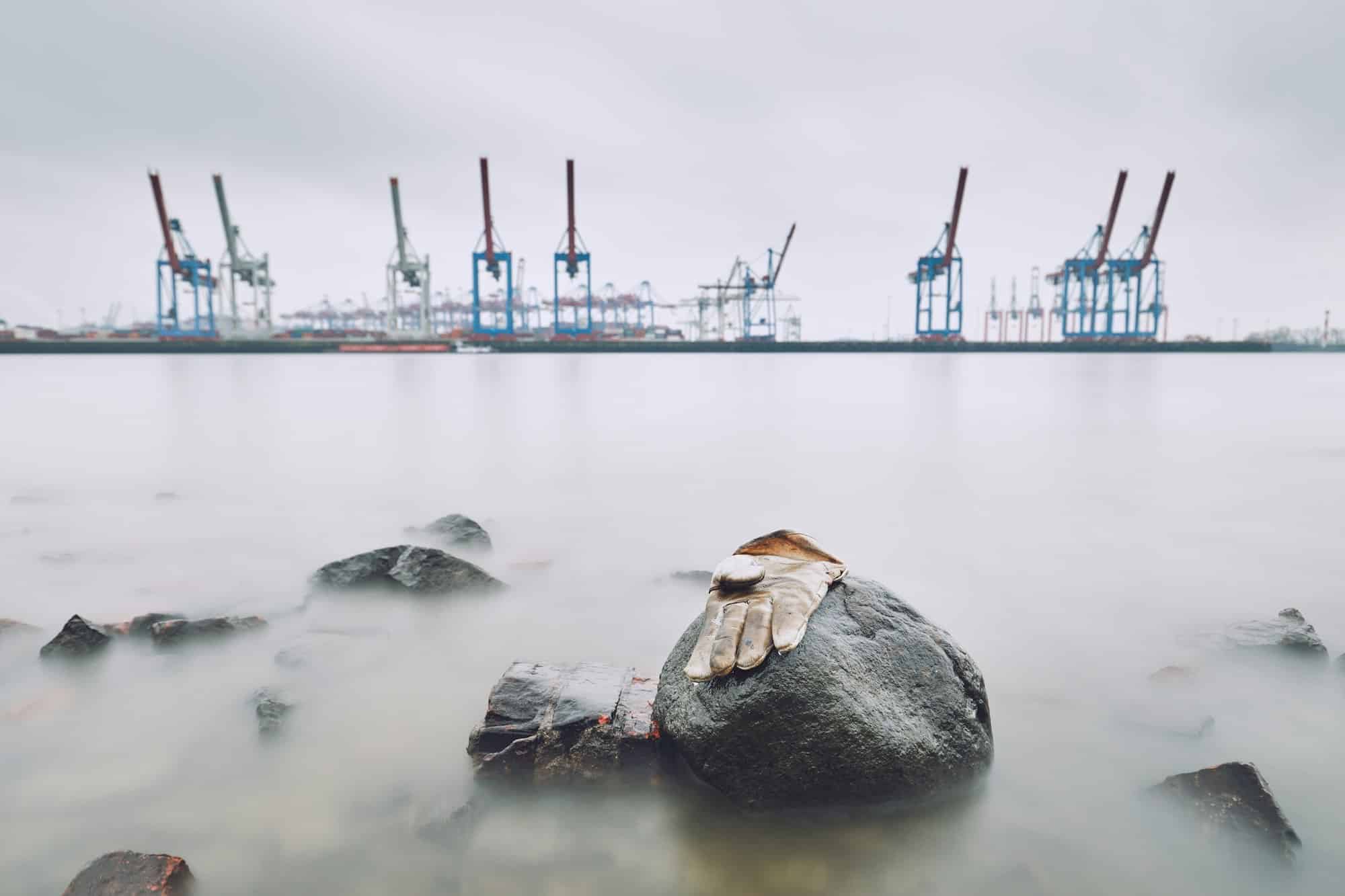
Which harbors in Scotland offer the most detailed storytelling on Viking settlement history?
The emerald isles of Scotland, with their rugged landscapes and rich history, have been the epicenter of diverse cultures. The most fascinating perhaps being the Norse or Viking civilizations. The enigma of Norse settlement history is distinctly represented in the various harbors of Scotland. If you are captivated by the tales of courageous Viking warriors, captivating Norse sagas, and ancient maritime trade, then the Scottish harbors offer a unique, immersive experience. Setting foot on these harbors is akin to time traveling back to the Viking age.
Viking Heritage in Orkney
Orkney, an archipelago in the Northern Isles of Scotland, provides an unparalleled opportunity to explore Norse history. Norsemen first invaded Orkney in the eighth century, and it subsequently became a vital outpost for Viking expansion into Scotland.
Avez-vous vu cela : What are the best locations in the Scottish Isles for workshops on traditional stone masonry?
In Orkney, the island of Birsay is your first stop. The harbor here is home to the remains of a Norse settlement, including St Peter's Church and a Norse graveyard. The Brough of Birsay, a tidal island, offers a profound sense of Viking presence with ruins dating back to the 9th century.
A short boat ride away on the Mainland, Orkney's largest island, you'll find Maeshowe. This Neolithic chambered cairn was broken into by Norse crusaders in the 12th century, who left behind a collection of runic inscriptions, an outstanding Viking age graffiti.
Sujet a lire : What are the best guided tours for exploring underground crypts from the 12th century in England?
The Viking Saga of Aberdeen
Moving south, the city of Aberdeen on the northeast coast of Scotland presents another remarkable harbor. The city's maritime museum tells a story of a time when Norse longships were a common sight on the Scottish coast.
The port city was a notable trading post during the Viking period, with archaeological evidence revealing a significant Norse influence. A walk along Footdee, an ancient fishing village at the heart of the city, is akin to stepping back into a different time.
Among the many historical relics in Aberdeen, the St Machar's Cathedral stands out. Norsemen used this cathedral as a navigational point, and its architecture showcases the Norse influence on Scotland during the medieval era.
Islay: The Queen of Hebrides
Islay, an island of the Inner Hebrides of Scotland, is famous for its whisky and its Viking history. The harbor at Port Charlotte, where you can visit the Museum of Islay Life, is a storehouse of Norse artifacts. It offers detailed accounts of Viking settlement history on the island.
The Kildalton Cross on the island is a testament to the Viking-Scottish interactions. The intricately carved Celtic cross has a Norse runestone embedded in it, symbolizing the cultural interweaving that took place during the Viking era.
Albatros Over North Isles
The Northern Isles, consisting of the Orkney and Shetland isles, were once the stepping stones for the Norse expansion in Scotland. Today, you can trace these historical footprints in the harbors of North Isles.
In Shetland, visit the old harbor at Scalloway. The Scalloway Castle, built by the infamous Viking Earl Patrick Stewart, stands as a stark reminder of the Norse domination.
The Shetland Museum and Archives in Lerwick harbor provides a detailed exposition of the Viking history in the North Isles. Here, an impressive collection of Norse artifacts, from runic inscriptions to everyday objects, brings the Viking era vividly alive.
Norse Echoes in the Isle of Skye
The Isle of Skye, part of the Inner Hebrides, is steeped in Norse history. Viking influence is evident in the island's place names, many of which carry the roots of Old Norse.
The harbor town of Portree presents a spectacular view of the Hebrides and houses the Skye and Lochalsh Archive Centre. The center harbors a wealth of historical information, making it a must-visit for anyone interested in Norse history.
In conclusion, these harbors in Scotland offer the most detailed storytelling on Viking settlement history. They invite you to explore a bygone era and uncover the saga of a culture that left an indelible mark on Scotland's history. Venture to these harbors to experience a unique blend of breathtaking landscapes, historical intrigue, and cultural depth. You'll indeed be walking in the footsteps of the Vikings.
History Splashed across the Outer Hebrides
The Outer Hebrides, a chain of islands off Scotland’s west coast, is another must-visit for Viking history enthusiasts. Norsemen landed here in the 8th century, turning these islands into a key part of their seafaring network.
Your journey into the past starts at the harbor in Stornoway, on the Isle of Lewis. The Lewis Chessmen, found here in the 19th century, are intricately carved game pieces likely made in Norway during the Viking age. You can see replicas at the Museum nan Eilean.
Next, head to the west coast to the Calanais Standing Stones, a Neolithic monument thought to have been used by Vikings as a navigational aid. The stones' alignment with the heavens suggests they may have helped the seafarers plot their course across the North Atlantic.
A short boat ride away in the Outer Hebrides lies the island of Harris. Here, the harbor of Tarbert houses the Harris Tweed Shop. Norse influence is evident in the traditional weaving technique, which has been handed down through generations.
Viking Vestiges in Mainland Scotland
Mainland Scotland, too, is adorned with Viking imprints. Inverness, situated on Scotland's northeast coast, was a key trading hub for the Vikings. The harbor here was a bustling site during the Viking age, with goods from all across the British Isles and beyond being traded.
A short distance from Inverness, you'll find the Clava Cairns. This Bronze Age cemetery was disturbed by the Vikings, leaving behind traces of their presence. As you explore, you'll sense the echoes of Norse and local cultures clashing years ago.
In the village of Dingwall, the Dingwall Stone stands tall. With its Norse runic inscriptions, it's a tangible reminder of the Viking age. The stone was likely used as a gathering point for the local Viking community, much like a modern-day town square.
The harbor in Thurso, further north, offers a great starting point for an expedition team to the Orkney Islands. It's a fantastic place to imagine the ocean albatros that would have been a common sight for the Norse seafarers.
In Conclusion: A Voyage through Viking Scotland
The harbors in Scotland offer a detailed narrative into the lives of the Vikings who settled here centuries ago. Whether it's the Orkney mainland, the Outer Hebrides, the east and west coasts, or the many islands off Scotland, the saga of the Vikings is etched in the landscape.
Through the standing stones, the runic inscriptions, the architecture, and the everyday objects recovered from the past, we can piece together the history of Viking settlements. The British Isles, especially Scotland, provide a tangible connection to the people who sailed from their homes in Scandinavia to explore, trade, and settle.
Albatros Expeditions invites you to set sail from London Greenwich and embark on a Viking journey through Scotland. With an experienced expedition team, you'll explore the Orkneyinga Saga, the Skara Brae on mainland Orkney, and more. The narrative of Viking history is yours to discover.
So, step aboard, feel the wind of the North Atlantic in your hair, and get ready to walk in the footsteps of the Vikings. Embark on a journey that transcends centuries and breathes life into the tales of the Viking age. Your adventure in the United Kingdom and beyond starts now.
